ECOLOGY ▪ EDUCATION ▪ ADVOCACY
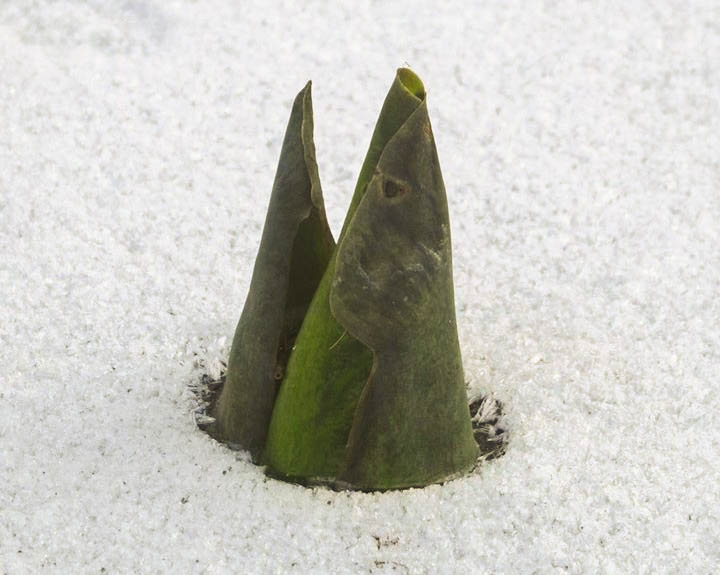
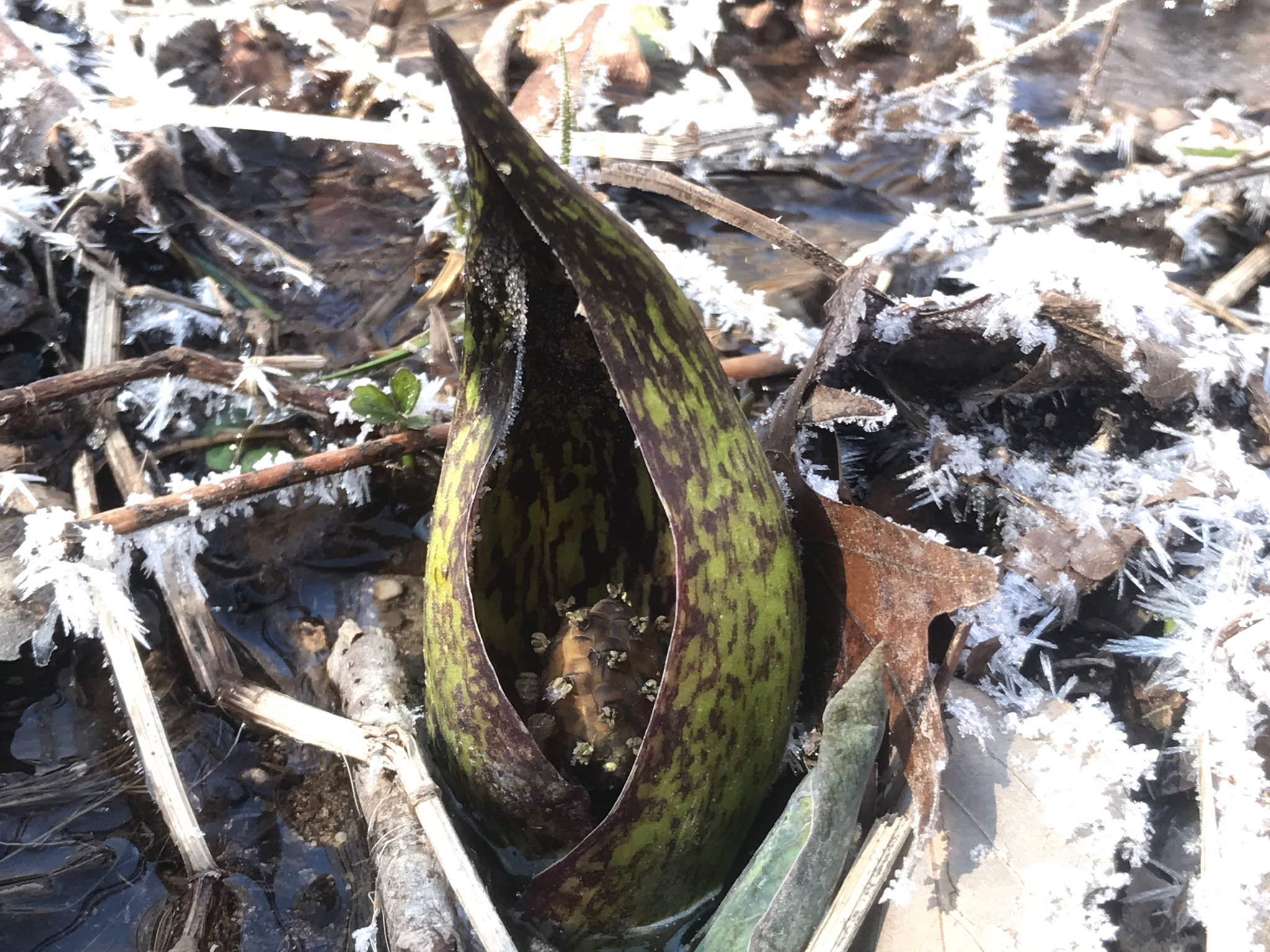
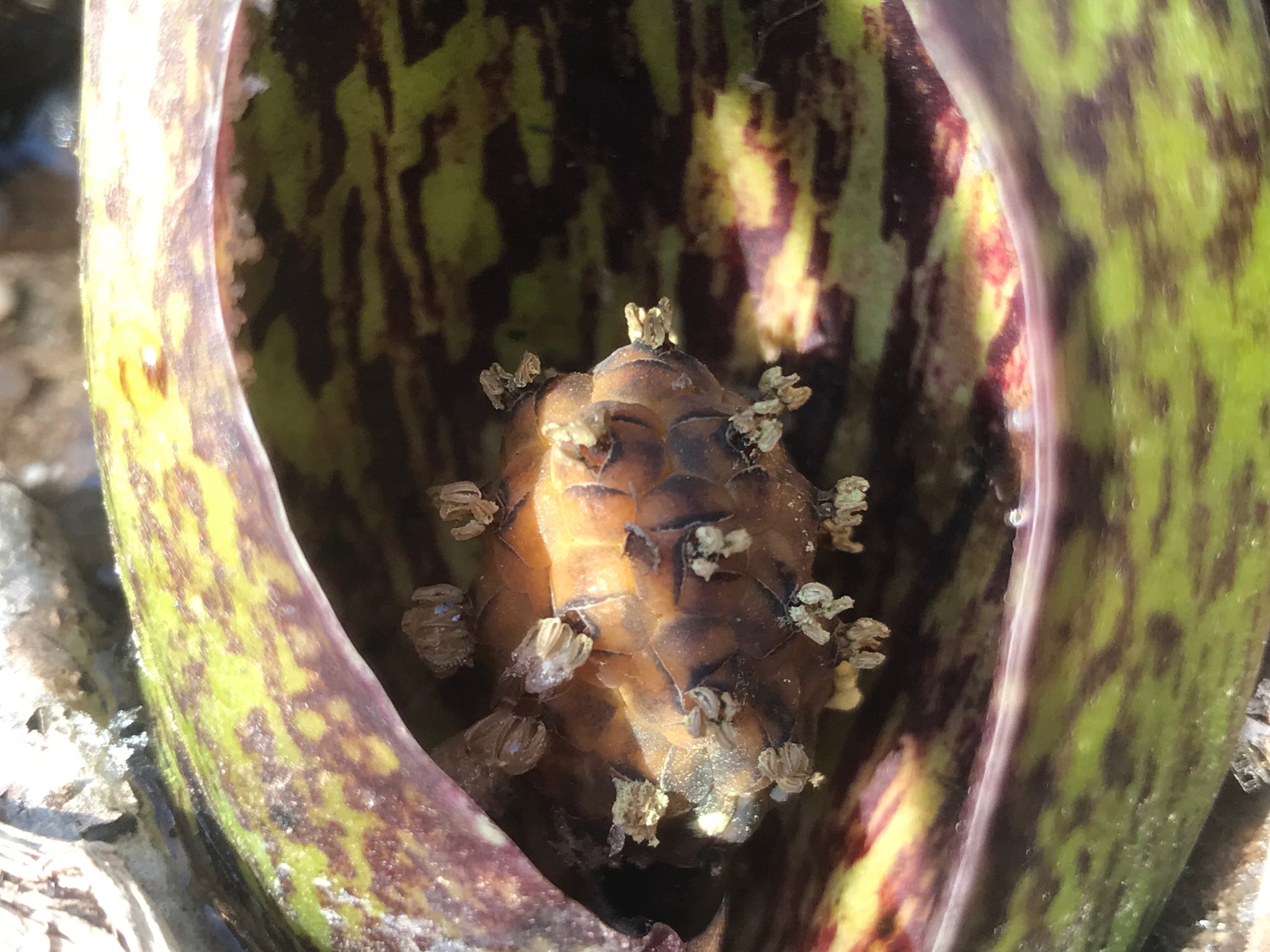
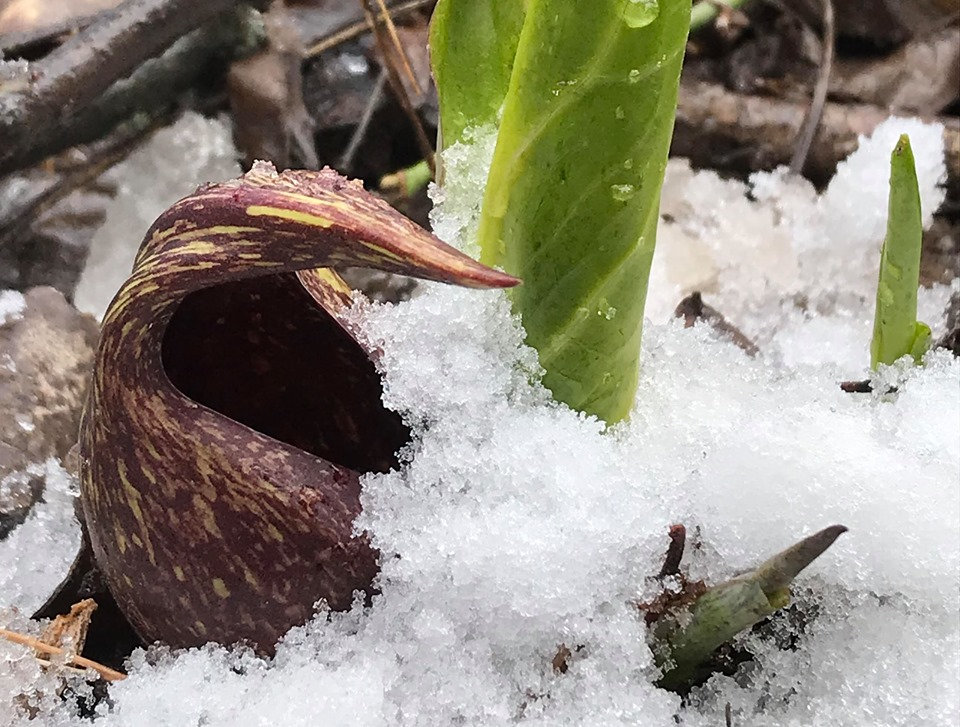
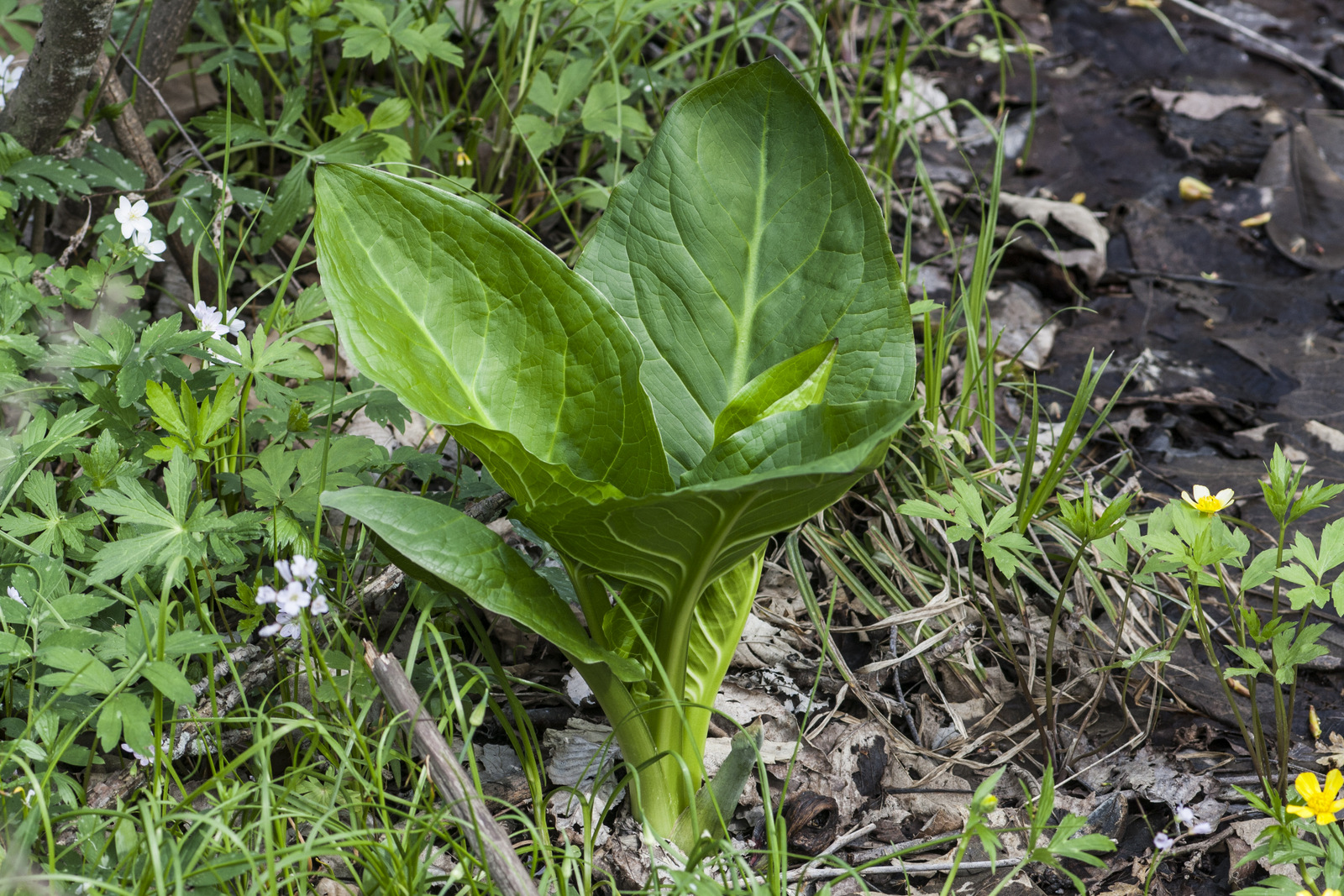
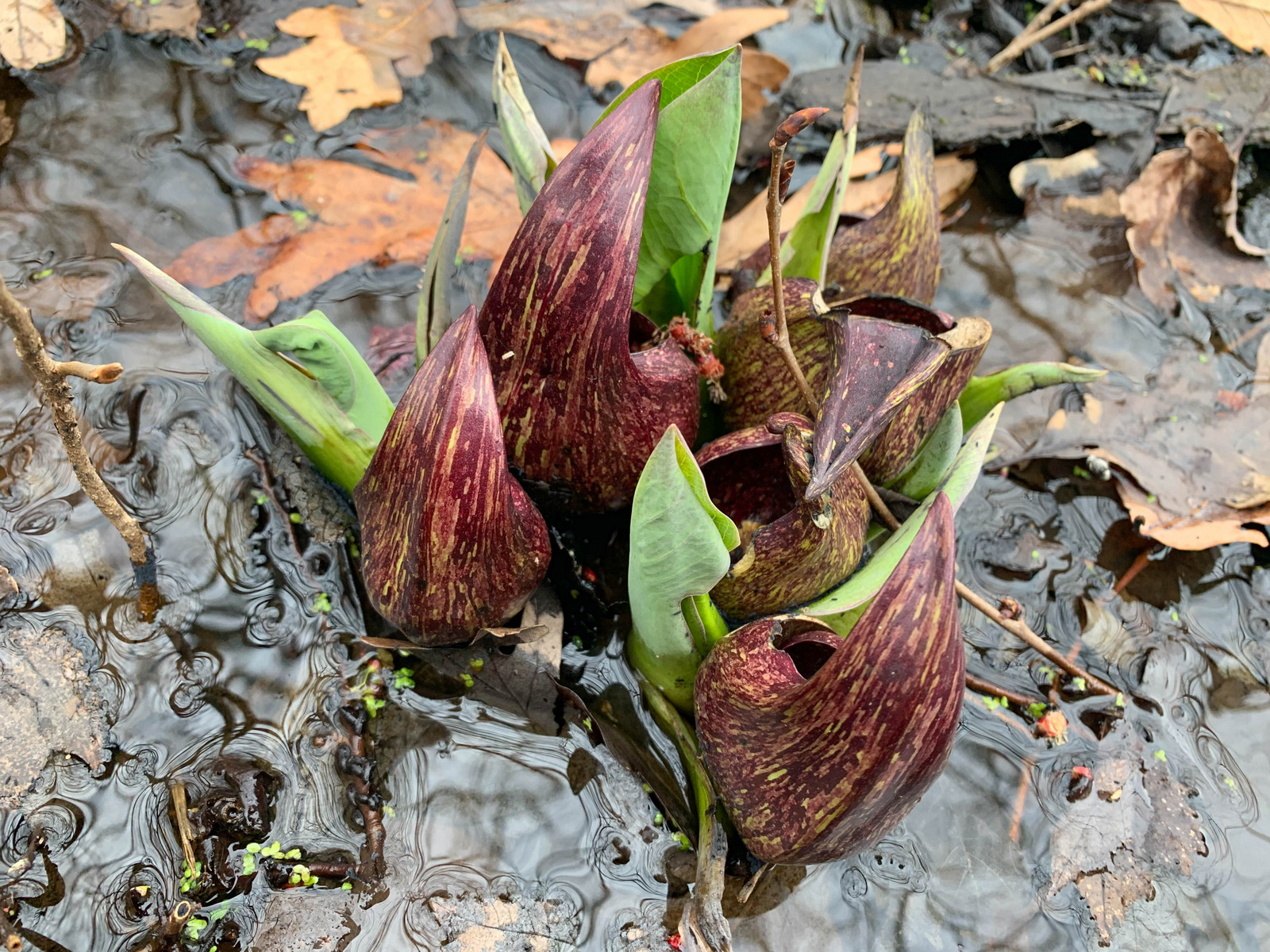
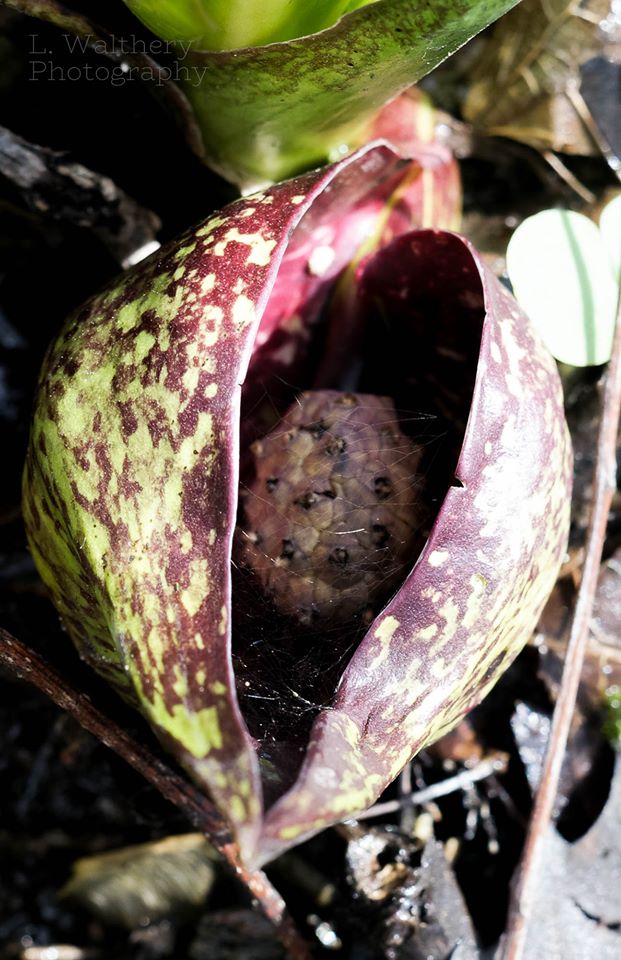
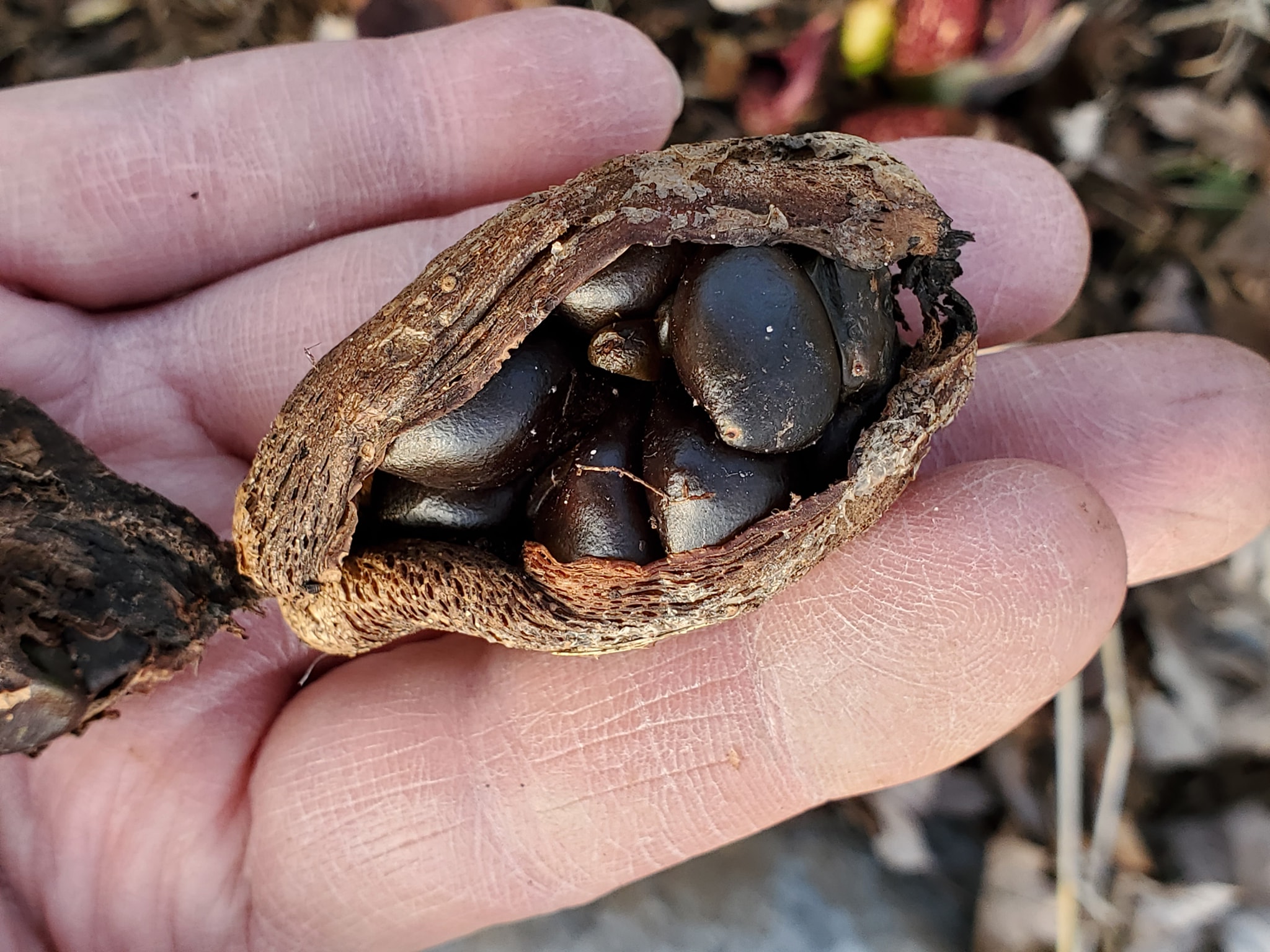
Symplocarpus: Combines the Greek words symploc meaning “connected,” with carpus for “fruit.”
foetidus: From the Latin foeten, meaning “fetid” or “evil-smelling.”
sim-ploh-car-puhs fet-uh-duhs
Bear’s foot, bear’s-leaf, bear’s-root, clumpfoot-cabbage, collard, cow-collard, dracontium, fetid-hellebore, Irish-cabbage, meadow-cabbage, Midas-ears, parson in a pillory, poke, pokeweed, polkweed, pole cat weed, polecat-weed, rock-weed, rockweed, skunkweed, skunk weed, stink-cabbage, stinking poke, swamp-cabbage.
Life Cycle: Long-lived perennial. As one of the earliest wildflowers, skunk cabbage stores glucose produced in the summer in the form of starch in deep underground rhizomes. In late winter, skunk cabbage transports these sugars to the flowers, where cellular respiration takes place. One of the byproducts of this is heat, and the heat generated through this process (called thermogenesis) creates temperatures as high as 24°C (75°F) (Homoya 2012), which allows skunk cabbage flowers to melt the snow around them and attract early pollinating insects.
Leaves: Large basal leaves with smooth surfaces and toothless margins emerge after the flowers. Initially rolled up into a cone shape with a short petiole, the ovate leaves continue to grow through the spring and summer, achieving a length of up to 76–91 cm (2.5–3 ft) and a width of up to 30 cm (1 ft). Leaves emit a pungent odor when torn or crushed.
Flowers: Numerous tiny, yellow, perfect flowers are born on a spherical-shaped spadix in late winter to early spring. Surrounding the spadix is a 5–15 cm (2–6 in) long spathe, open on one side. The spathe varies in color from green to purple and is sometimes spotted or striped. The inflorescence emits a putrid odor that resembles the smell of decaying flesh. This odor attracts carrion-eating insects that unknowingly pollinate the flowers without reward.
Fruit: Numerous fleshy, berry-like fruits develop embedded on the spadix and mature in late summer. Each fruit contains a seed that is approximately 8–10 mm (.31–.39 in) in diameter.
Key Characteristics: When identifying skunk cabbage, look for the following characteristics:
Similar Species: Indiana is home to several other members of the arum family (Araceae) including, jack-in-the-pulpit (Arisaema triphyllum), green dragon (Arisaema dracontium), and arrow arum (Peltandra virginica), but the combination of the late winter/early spring flowering time, the swampy habitat, and the pungent odor set skunk cabbage apart.
None identified.
Indiana’s native populations of skunk cabbage occur primarily in the glaciated, northern two-thirds of the state.


| Toggle Map Layers/Key | ||
|---|---|---|
| GAIN WP records |  |
|
| eFloras’ range map |  |
|
| Combined herbarium records |  |
|
| No records |  |
Skunk cabbage occurs in colonies in the mucky, richly-organic soils of swamps and wet woods, especially those containing springs and seeps.
This chart represents the data collected from the GAIN WP project.
Culinary: Despite its foul odor and the presence of calcium oxalate (see toxicity), parts of the skunk cabbage plant are edible. Native Americans, including the Iroquois (Moerman 1998), collected and dried the young leaves in the Sun (Sanders 2003) before preparing them like vegetables. Skunk cabbage roots are also edible and were ground into flour by Native Americans (Sanders 2003).
Before being used, proper preparation is necessary. Skunk cabbage leaves require boiling with three or more water changes, and the roots must be thoroughly dried (McPherson 1977).
Functional: The Iroquois used a powder made from skunk cabbage root to combat underarm body odor (Moerman 1998).
Medicinal: Numerous Native American tribes including, the Abnaki, Delaware, Iroquois, Malecite, Menominee, Meskwaki, Micmac, Mohegan, and, Nanticoke used various parts of skunk cabbage to treat many ailments and conditions (Moerman 1998).
The most frequently used parts of the plant were the roots. Their uses included as a cough medicine for whooping cough, consumption, and the common cold, as well as for rheumatism, convulsions, as a pain reliever for cramps, headaches, and toothaches, general wounds, and to decrease swelling, hemorrhaging, and for heart-related issues (Moerman 1998).
Concoctions of the leaves were either chewed raw or crushed and made into a poultice used to treat general pain and swelling, epilepsy in children, cold remedies, and wounds. The Iroquois used the leaves and seeds to treat gynecological ailments, uterine prolapse, and pediatric worms (Moerman 1998).
Early American doctors and herbologists used skunk cabbage to treat scurvy, respiratory ailments, anxiety, and other nervous system disorders, epilepsy, and dermatitis. Skunk cabbage, then called Dracontium, was listed in the official United States Pharmacopeia from 1820 to 1882 (SNH 2018).
Landscape: Due to its moisture requirements, skunk cabbage is uncommon in the home landscape.
The Iroquois made a compress from skunk cabbage, which they used to treat bite wounds and cause the biter’s teeth to fall out. They also ritualistically passed the seeds over pregnant women to induce labor. The Menominee used the root in tattooing to ward off diseases (Moerman 1998).
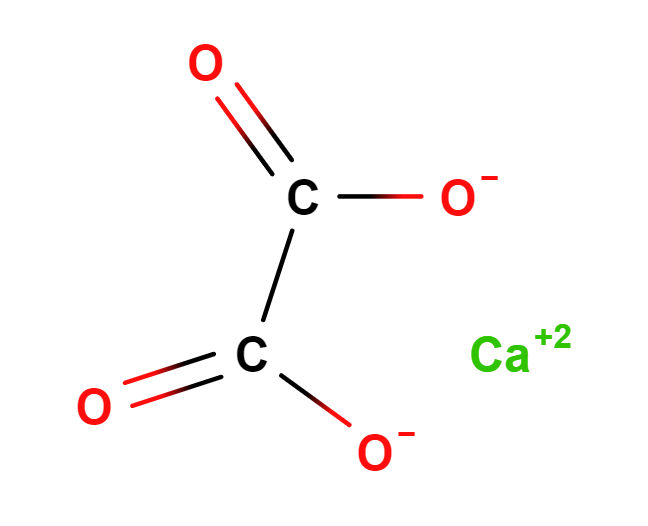
Skunk cabbage contains calcium oxalate and other toxic chemicals that cause intense burning of the mouth and throat, vomiting, and diarrhea. This natural defense mechanism discourages animals from browsing on it. Aside from young leaves and roots, all parts of the plant are considered poisonous.

None identified
The purple color and putrid odor of skunk cabbage inflorescences attract early spring carrion feeding insects by smelling and resembling rotting flesh. The chemicals skatole and cadaverine, found in decaying animal matter, are present in skunk cabbage’s flowers (Sanders 2003). Through these chemicals and coloration, skunk cabbage lures flies and carrion-eating beetles into its inflorescences. Although there is no reward for the insects, there is for skunk cabbage, as the insects are likely to pick up pollen before being tricked into visiting the next plant.
The plant’s self-generated heat attracts additional insects such as honeybees (Sanders 2003). Spiders often spin webs in the inflorescence of skunk cabbage, hoping to capitalize on these insect visitors.
| Known Faunal Associates in Indiana | ||
| Family | Taxonomic Name | Common Name |
|---|---|---|
| Class: Aves | ||
| Order: Anseriformes | ||
| Anatidae | Aix sponsa | Wood Duck S |
| Order: Galliformes | ||
| Phasianidae | Bonasa umbellus | Ruffed Grouse S |
| Colinus virginianus | Northern Bobwhite S | |
| Phasianus colchicus | Ring-necked Pheasant S | |
| Order: Passeriformes | ||
| Parulidae | Geothlypis trichas | Common Yellowthroat N |
| Class: Gastropoda | ||
| Order: Stylommatophora | ||
| Gastropoda | land snails L | |
| Class: Insecta | ||
| Order: Hymenoptera | ||
| Apidae | Apis mellifera | European honey bee |
| Order: Lepidoptera | ||
| Erebidae | Lymantria dispar | gypsy moth |
| Phragmatobia fuliginosa | ruby tiger | |
| Noctuidae | Bellura obliqua | cattail borer |
| Class: Mammalia | ||
| Order: Carnivora | ||
| Ursidae | Ursus americanus | American black bear (extirpated) L |
| Class: Reptilia | ||
| Order: Testudines | ||
| Chelydridae | Chelydra serpentina | common snapping turtle L |
| L Leaves: Important post-hibernation food for bears (Hilty 2020). |
| N Nest: Common Yellowthroats are known to build nests inside of the spathes of skunk cabbage. |
| S Seeds |
None identified
 5: Secure
5: Secure  NR: Not ranked
NR: Not ranked
The images and records below were all submitted by individuals through the Great American Indiana Nature Wildflower Project (GAIN WP).
In addition to the primary bibliography, the authors have referenced the following sources:
Cornell University. 2019. Common Yellowthroat Life History. Allaboutbirds.org. [accessed 2020 Apr 2]. https://www.allaboutbirds.org/guide/Common_Yellowthroat/lifehistory
Hartline D. 2020. Bloodroot (Sanguinaria canadensis). Media24. [accessed 2020 Apr 10]. https://gnps.org/plants/bloodroot-sanguinaria-canadensis
Hayden WJ. 2009. Skunk cabbage flowers: the heat is on. Bulletin of the Virginia Native Plant Society 28, no. 1.
Health24. 2013. Skunk cabbage. GNPS.org. [accessed 2020 Apr 2]. https://www.health24.com/Natural/Herbs/Herbs-a-z/Skunk-cabbage-20120721.
Newton Conservators. 2020. SKUNK CABBAGE, Symplocarpus foetidus. Newton Conservators. [accessed 2020 Apr 2]. https://newtonconservators.org/skunk-cabbage-symplocarpus-foetidus/?fbclid=IwAR2-2DI-b_g4JKcCQ7ED71bOWaTQRsAiuDgyG8hADLDK4qWnwrsDoBwrBOI